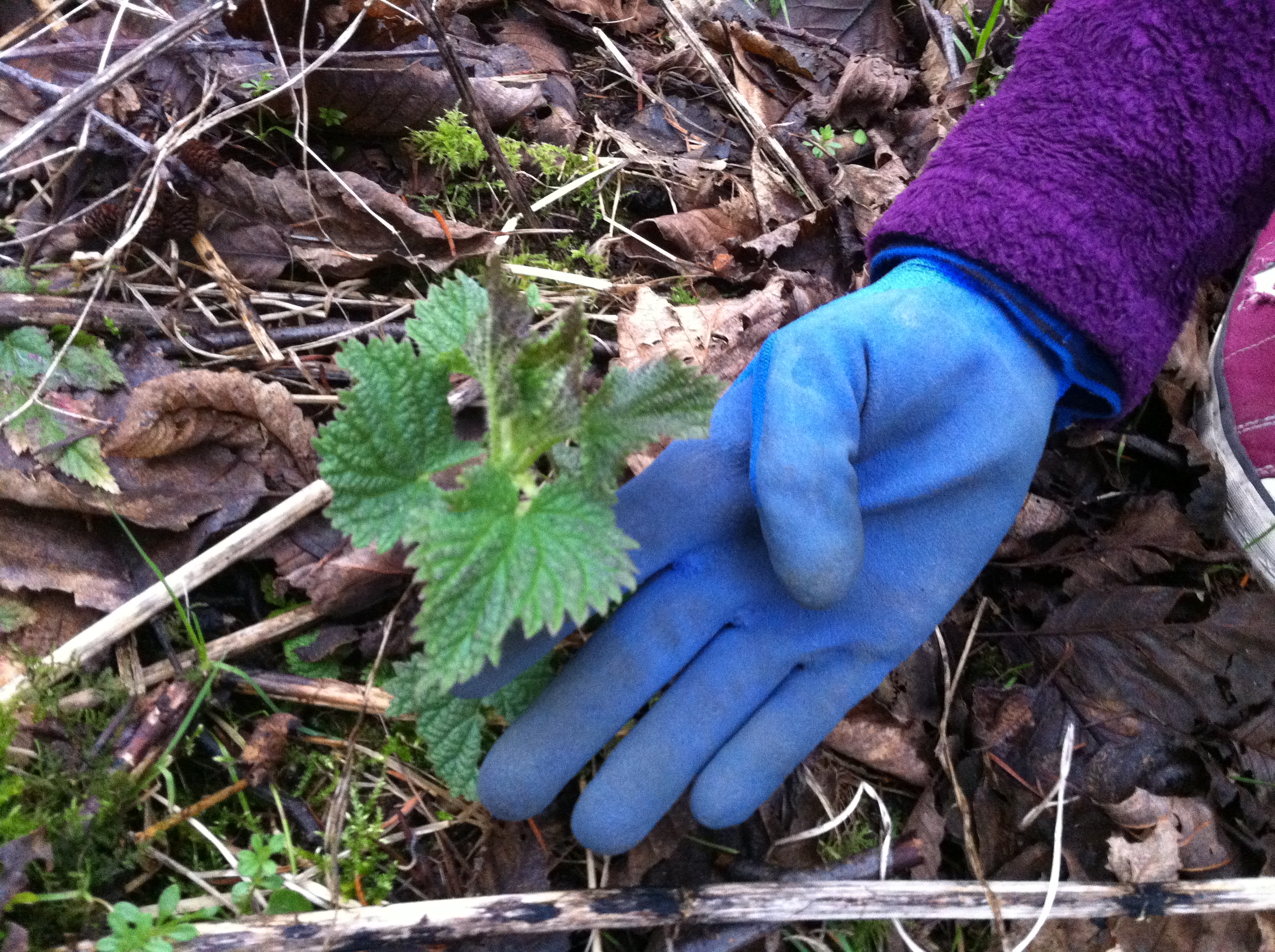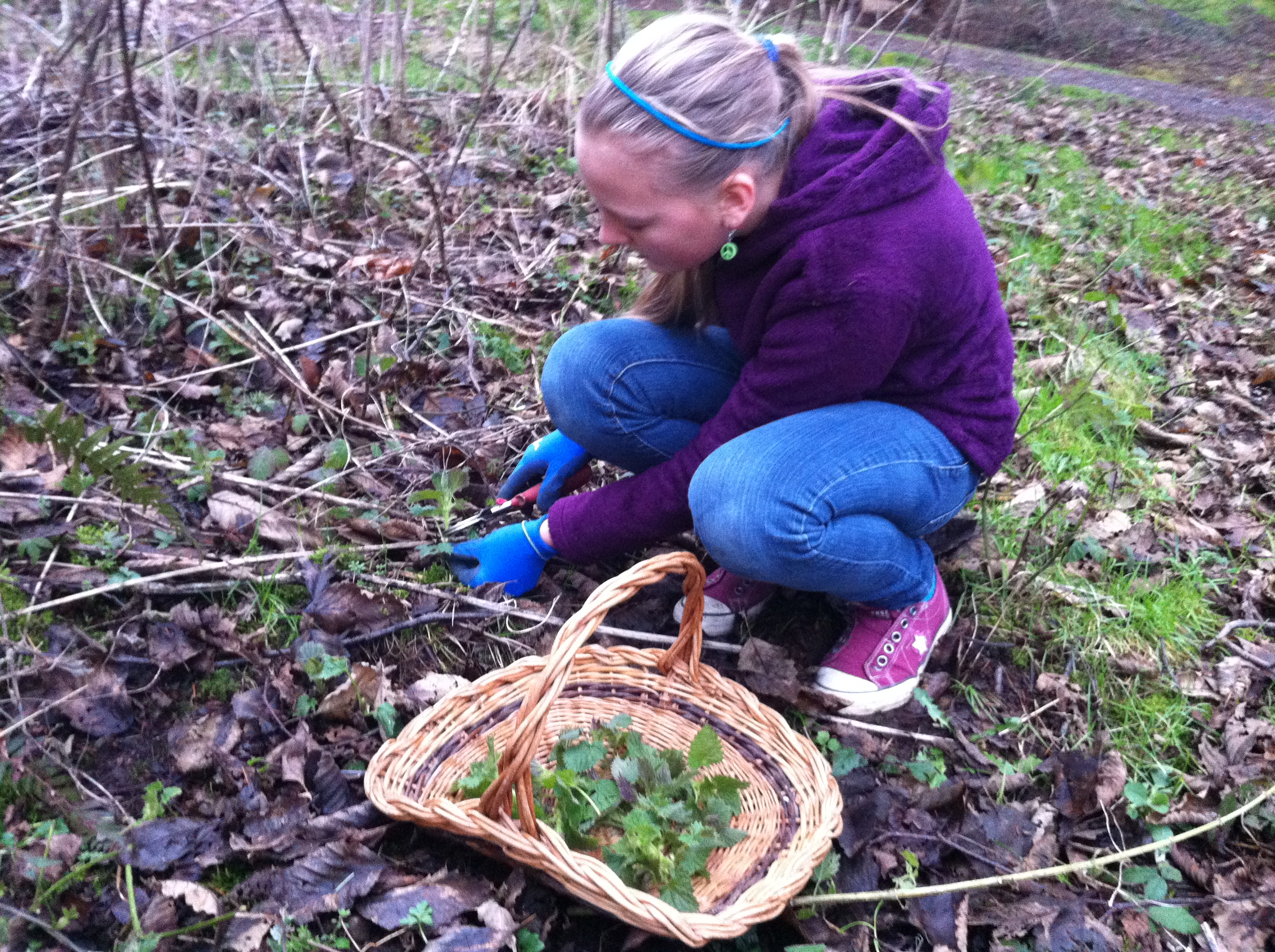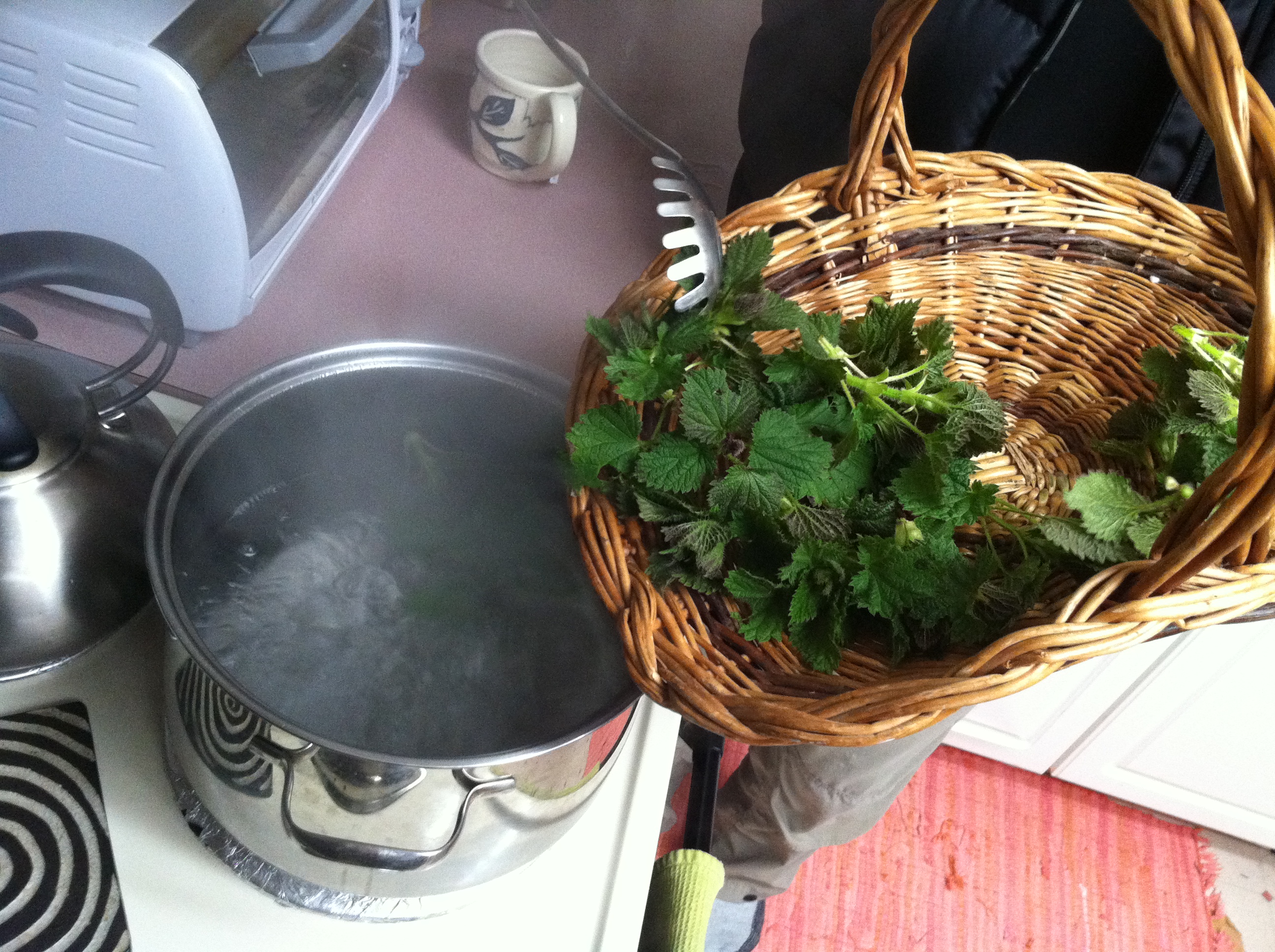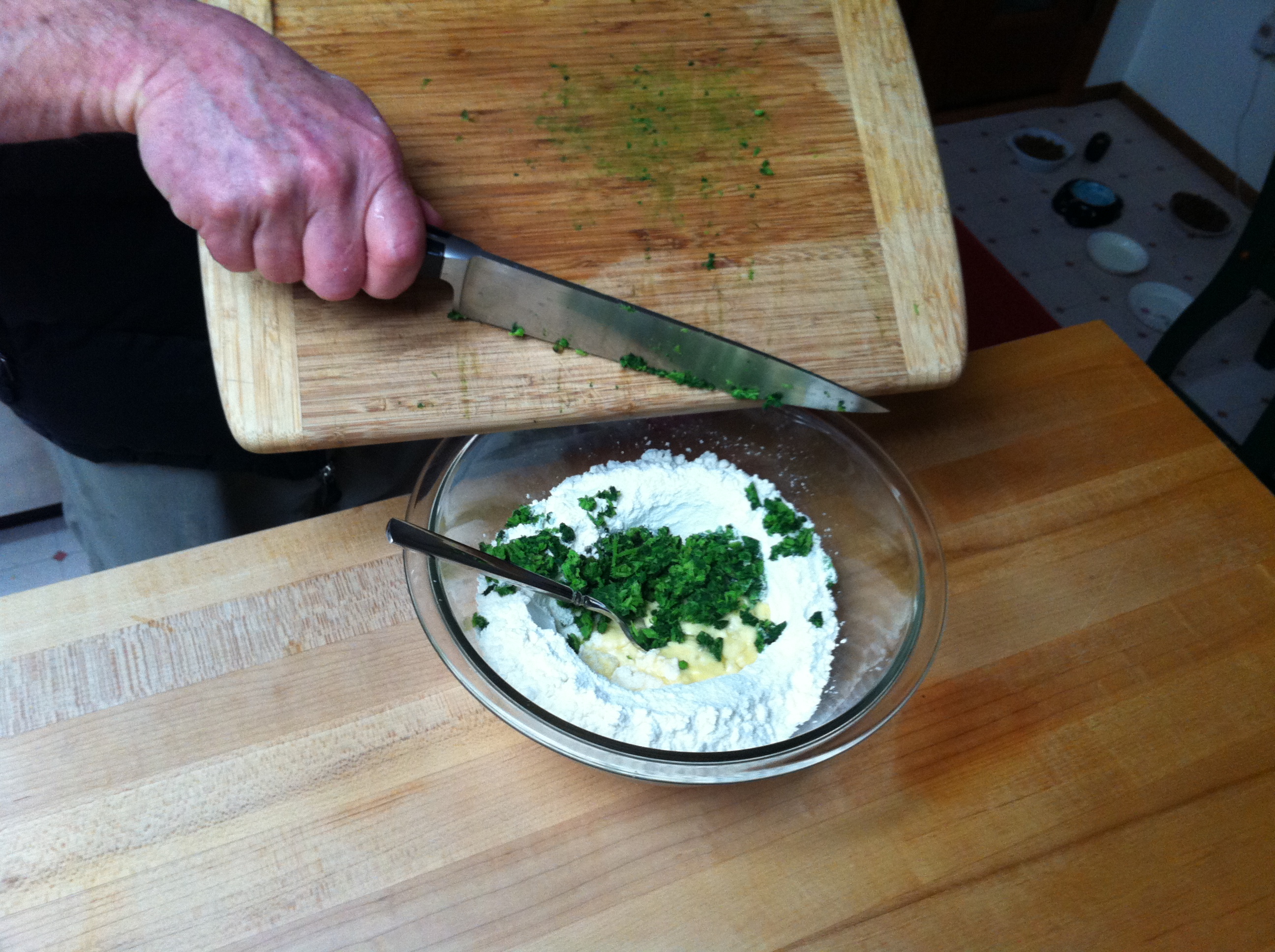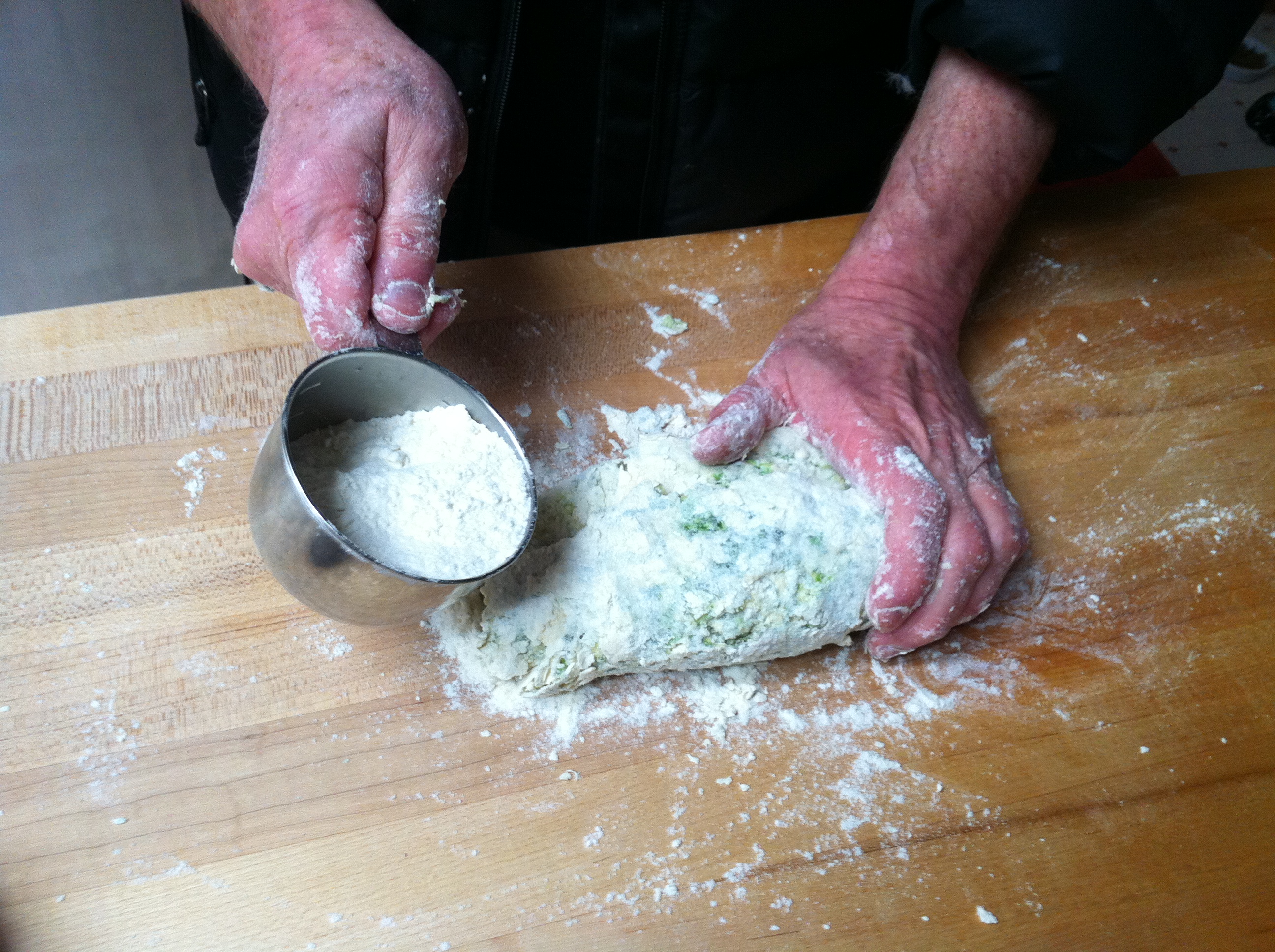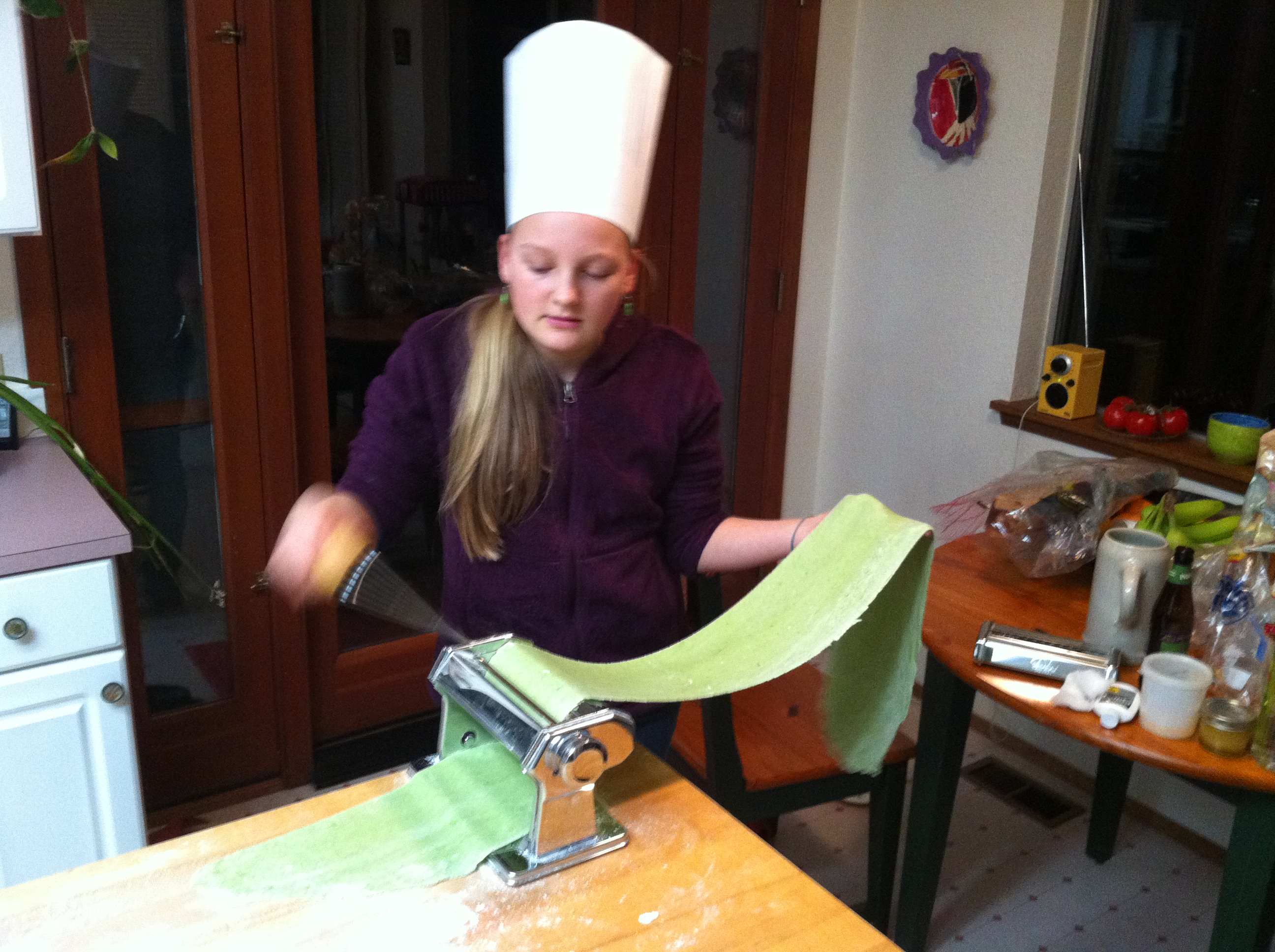All around us myriad shades of green are nudging out the gray-brown wash of winter. Buds, blossoms, needles and leaves are unfurling with time-lapse-camera speed, responding to nature’s unseen alarm. For those in the know, one of the most exciting of the re-emerging plants are stinging nettles (Urtica dioica) —famous for their sting and often under-appreciated for their powerful nutritional offerings.
“Nettles are one of the very first signs of spring, and one of my favorites,” says island ethnobotanist Erin Kenny. “Everything is starting to open up and we’re on this trajectory—there’s no going back. It’s a hopeful sign that coincides with the birds becoming more active.”
Nutritional wow factor
Nettles are high in iron, calcium, magnesium, potassium, amino acids and vitamins—notably A and C. Anecdotally, Kenny believes nettles can help regulate blood sugar because those who regularly quaff nettle tea report reduced sugar cravings.
“It’s a great all-around beneficial herb,” Kenny says. “It has a broad appeal. People who may not want to eat dandelion greens will eat steamed nettles.” The stinging hairs are disabled in the process of lightly steaming the plant, which is tasty with a splash of vinegar. Nettles can be substituted for cooked spinach or kale in most any dish, according to Kenny.
Even the sting is thought to have its benefits. Used medicinally in a process called urtication, people sometimes whip themselves with nettle plants to increase blood flow—a treatment for arthritis used by the Native Americans.
Nettle leaves and stems are covered with tiny, hollow stinging hairs that sprout from glands containing formic acid (the same stuff that makes ant bites so uncomfortable). When you brush up against the plant, these hairs break and release the acid onto your skin, stinging you and raising small raised welts that can last from a half hour to a few days, depending on how sensitive your skin is. (The spores of sword fern—just wrap the skin in a fern leaf—or a little mud can help provide initial relief from the sting. Rubbing crushed dock or plantain leaves on the sting can also help. My daughter and her friend even found the underside of clumps of moss to be soothing.)
Nettle nutrition for other species
Nettles are the only known host plant for the caterpillar of the Milbert’s tortoiseshell butterfly (Aglais milberti). This beautiful brown and orange butterfly can be found flying occasionally in some wet woodlands and meadows on the island between May and October.
Washington Native Plant Society suggests using nettles as mulch in the garden. Nettles stimulate the growth of plants growing nearby and encourage beneficial soil bacteria that enhance plant uptake of essential minerals. A complete plant food can be made by soaking nettles in a bucket of water for 2 or 3 weeks. This can be used to water plants or can be sprayed on plants to prevent mildew and aphids.
Where to find nettles
While some nettles are native to this area, others have been introduced by European settlers (who revered their healthful properties, nevermind the sting). Nettles like moist areas and can be found all over our islands. Kenny says the upper meadows at Point Robinson are a great place to look for nettles, and I recently found many plants dotting the trail along Shinglemill Creek. Kenny says to look for nettle leaves with a purple hue because she thinks they pack the most nutritional punch, plus they make her nettle vinegar an attractive rose-quartz color.
Raw nettle dare
Most people collect nettles with gloves and scissors, but here’s a fun forest trick (kids love it) for eating raw nettles with your bare hands: Choose a small nettle leaf. Hold the top of the leaf and fold it in half as you pull it off the plant (the leaf tops have no stinging hairs). Fold the leaf again and again, squeezing it hard, until you have formed a small green packet. Press the leaf a few more times to ensure you have broken all the stinging hairs, then pop this taste treat into your mouth and chew. Raw nettles have a pleasant nutty flavor.
To collect nettles for cooking and drying, wear gloves and use scissors to cut off the leaves, or simply snap off the stem as Kenny does. If you use only the top leaves of a plant, it will grow back—increasing your yield if you return again to a particular nettle patch. Kenny prefers collecting from plants that are about a foot high. She dries nettles every year, so she can drink nettle tea throughout the winter. Never harvest nettles for eating after they begin to go to flower. The leaves lose their nutritional value as the energy focuses on flower production, and the plant produces silica. Flowering nettles are ideal for Kenny’s favorite hair conditioner. You can learn how to make these and other useful herbal products in her adult ethnobotany classes, starting in March.
Here’s one of her favorite recipes using dried nettles:
Nettle Gomasio
1 cup roasted sesame seeds
1 cup dried nettles
Pinch of salt
Combine and blend thoroughly. Add to rice, stir fries, salads and popcorn.
Nettle pasta
My family uses the return of nettles as an excuse to make pasta with a bright-green appeal. Here’s a photo essay of a recent dinner, from plant to plate:

